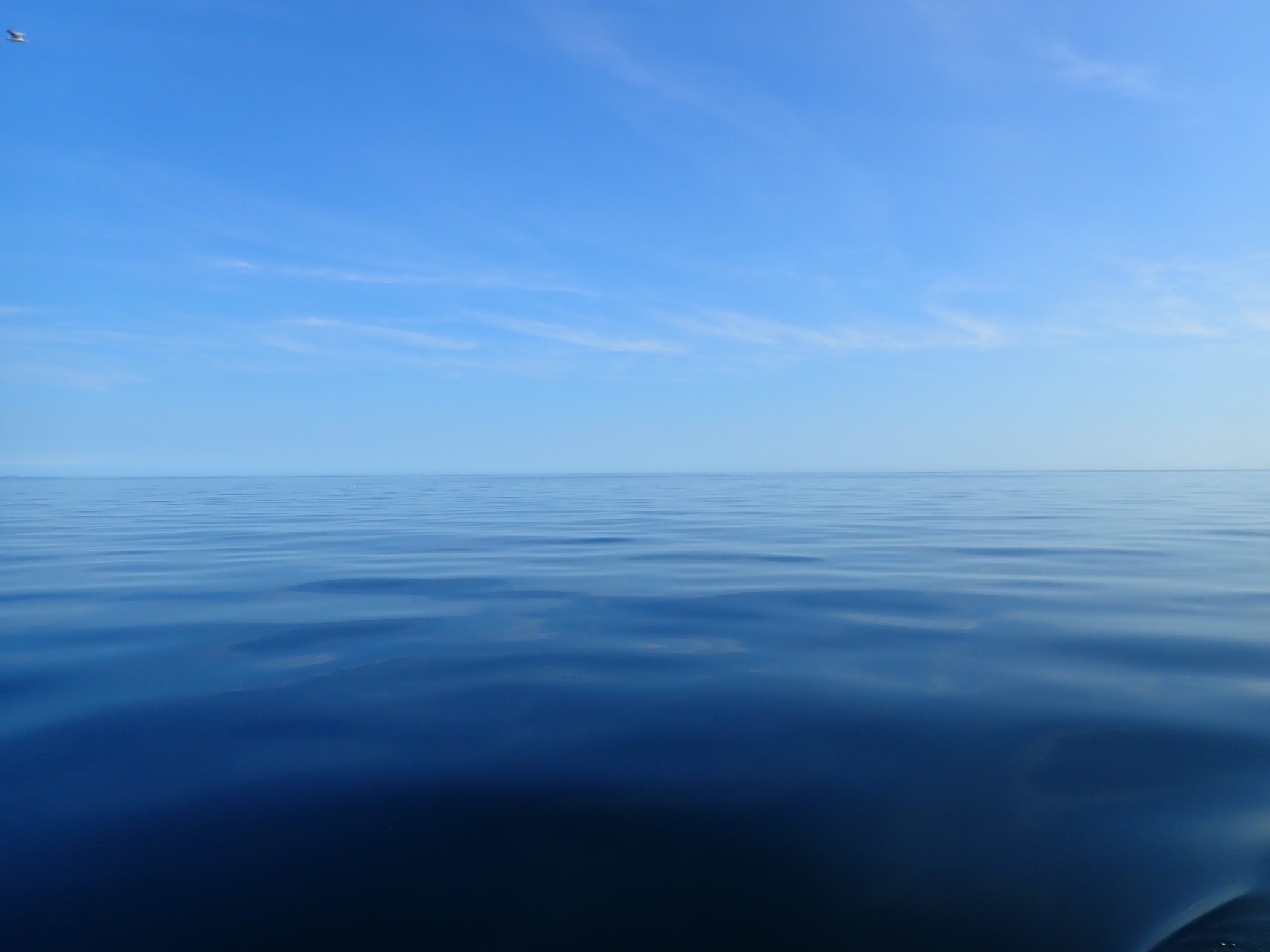The future of your (grand)children will be shaped by the fate of the Atlantic meridional overturning circulation.
Among other things, of course.
Scientists* at the Institute for Marine and Atmospheric Research at Utrecht University in the Netherlands have shown that the Atlantic meridional overturning circulation (AMOC) can reach a tipping point as a result of slow but constant reduction in salinity. That tipping point would mark its sudden collapse.
At this point, you may well ask what AMOC actually is and what it does for us. AMOC is the Atlantic section of the thermohaline circulation, the global ocean conveyor belt that transports seawater in deep and wind-driven surface currents from the north Atlantic to the Pacific and back (see graphic below). It is driven by temperature and salinity, whereby dense colder and saltier water sinks in high latitudes, drawing warmer surface waters towards the poles. The melting of the Greenland and Antarctic ice caps and reduced sea ice formation means that polar surface water is less saline and less dense.

It takes around 1000 years for a drop of water to make that whole journey and this circulation is important for the productivity of the oceans, as it supplies continental shelf seas with nutrient-rich waters from the deep, and for global climate regulation, as warmer surface waters are drawn into downwelling regions and become entrained in the deep currents, which cool and reach the surface somewhere else.
The graphic also highlights another important function of the global conveyor belt: ocean surface waters equilibrate with atmospheric carbon dioxide concentrations and the more we release through fossil fuel burning, the more the surface ocean absorbs. This CO2 is then transported into deep waters at downwelling regions in polar regions, effectively mitigating some of the climate impact.
But I digress somewhat here…
The collapse of AMOC could have serious climate implications for the whole world, and if it happens as suddenly as this new model suggests it could, then we will have little time to adapt to severe northern hemisphere cooling, southern hemisphere warming and changes in rainfall patterns and amounts.
In addition, the ceasing of upwelling has serious consequences for the whole of the ocean ecosystem, and with this, for productivity and fisheries.
The timeframe for this collapse could be within the lifetime of your offspring.
But the timeframe for decisive action to drastically reduce the release of climate-active gasses into the atmosphere is now (actually the time to act was in the last few decades, but we missed that boat).
While I would always encourage a read of the original scientific article (you can just skip over the more technical aspects in there and focus on the graphs and discussion), a more generalist digest of the essential message is provided today in The Guardian by Jonathan Watts.
* van Westen RM, Kliphuis, M, Dijkstra, HA. 2024. Physics-based early warning signal shows that AMOC is on tipping course. Science Advances 10(6) DOI: 10.1126/sciadv.adk1

